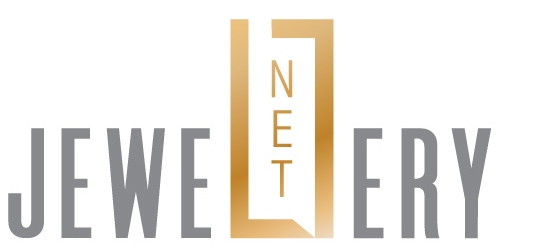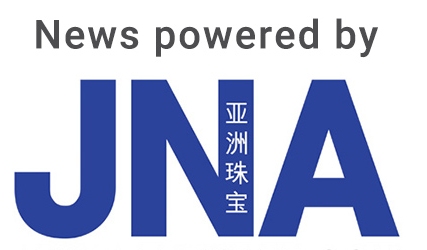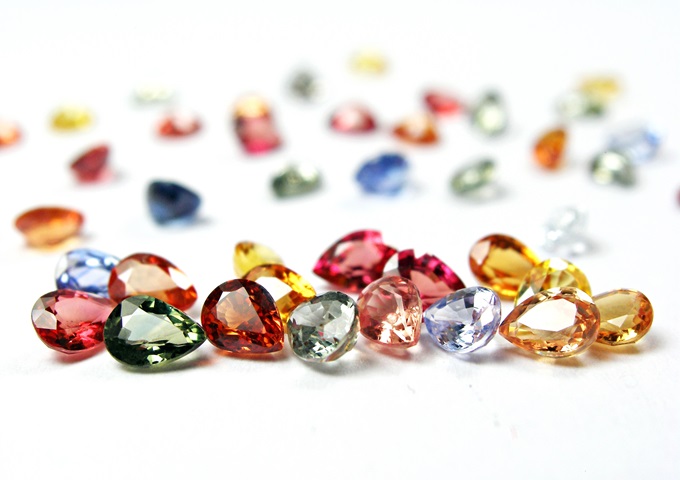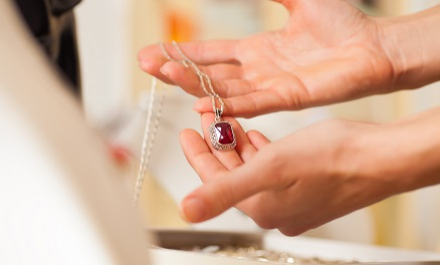As the jewellery and gem industry continues to evolve, harmonising nomenclature has become even more essential in driving transparent and effective communication and building consumer confidence.
Nomenclature plays a crucial role in bridging the gap between trade and commercial terms. The language used in the industry not only reflects product authenticity but also influences consumer perception and market trends.
Industry-wide initiatives
Efforts to standardise nomenclature are underway, with organisations like The World Jewellery Confederation (CIBJO) at the forefront of developing a unified lexicon for the jewellery supply chain.
This years-long initiative aims to clarify terms related to origin, source and provenance, ensuring that companies can effectively communicate their story and sell their products. Such standardisation aids in upholding ethical and responsible business practices, which are increasingly becoming important to consumers. This, in turn, could restore consumer confidence and boost sales.
CIBJO recently proposed new definitions of recycled gold in the jewellery and watch trade for greater clarity and consistency.
The definitions, to be included in CIBJO guidance documents, cover recycled materials retrieved during the manufacturing and fabrication process before being sold to consumers as well as gold recovered from materials after these have been sold to consumers. These were developed through extensive discussions among industry experts, noted the association.
Designed to set stricter criteria for secondary and circular gold supplies, these definitions aim to improve identification of inputs and outputs in the gold refining and fabrication processes while promoting transparent and responsible sourcing.
Practical adoption
Standardising nomenclature has far-reaching implications, extending beyond bolstering consumer trust to facilitating smoother transactions in international markets.
For instance, India’s Gem & Jewellery Export Promotion Council (GJEPC) has adopted the definition, nomenclature and usage guidelines for “diamonds” specified by the US Federal Trade Commission (FTC). The guidelines provide a clear and uniform definition of “diamonds” and precise terminology for lab-grown diamonds (LGD).
Terms such as “real,” “genuine,” “natural” and “precious” are used exclusively for natural diamonds. Meanwhile, “cultured” can be used for LGDs and must immediately be followed by descriptors such as “laboratory-created” or “laboratory-grown.”
GJEPC said the adoption of such guidelines will fuel confidence across global markets and export destinations.
Members of GJEPC will ensure compliance with these definitions and encourage other gem and jewellery trade bodies and retailers to follow suit.
Additionally, GJEPC is urging the Indian government to align with these guidelines by incorporating the definitions into the country's consumer law. This will empower consumers to make informed decisions, eliminate confusion and prevent any misleading implications regarding the authenticity of diamonds, added GJEPC.
JGW & JNA: 42 Years, 42 Stories is an online series running throughout 2025 to celebrate the 42nd anniversary of Jewellery & Gem WORLD Hong Kong and JNA. A new story of creativity, craftsmanship and innovation will be released every week. Subscribe to free JNA News Alerts to be notified when the next story is out.









